The road to 100% renewables in South Australia is still very long and a lot needs to be done to achieve this goal. The challenge is not a PV or wind technical challenge. It is an infrastructure challenge. Quite simply, Australia does not have a very well developed electricity grid.
Currently, even if the state of South Australia produces at any time 100% or more of its electricity by wind + PV, it still needs to keep about 200 MW of gas-powered generation to maintain the grid voltage. The excess power is exported to other states, mostly Victoria at the moment.
Note that, on the record setting Dec. 27, 2020, the utility-scale solar PV plants (dark yellow on the graph below) were derated and the generated power curtailed because renewables were much greater than the demand. On this particular day, over 24 hours, renewables could have represented more than 110% than the total demand of electricity if the utility-scale PV generators had not been derated.
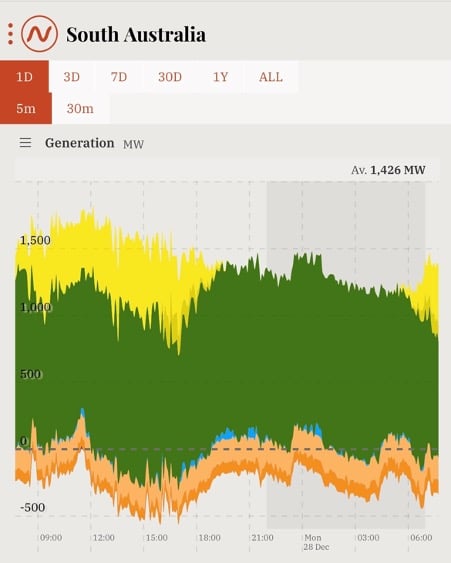
Graphic: Open NEM
When solar and wind disappear, the different gas-powered generators (steam, turbines, combined cycle and reciprocating) take over. If wind and solar disappear abruptly, batteries are able to provide very rapidly the power demand, but enough spinning capacity must be kept in reserve.
Forecasting models (for example Solcast) allow to predict these events with very good precision and to secure enough reserved spinning capacity. Interconnection with the other states (Victoria currently and NSW very soon) allows to import the needed power if necessary.
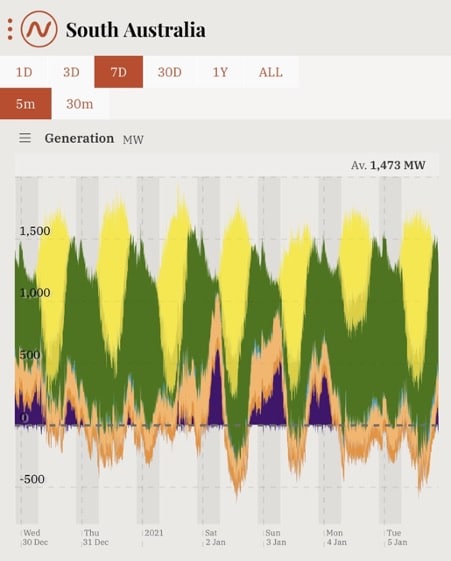
Graphic: Open NEM
During the night of Saturday, Jan. 2, 2021 in the early morning before sunrise, the wind died, and gas-powered plants had to be ramped up to 500 MW. The interstate power import (in violet) was also rapidly ramped up to about 600 MW.
To improve the situation in the future and achieve 100% renewables 365 days of the year, South Australia requires some additional infrastructure development. These include:
– more PV and wind generator, which can be curtailed or their produced energy can be stored or exported to other states;
– more interstate interconnection;
– more dispatchable loads, for example hydrogen generators (precursor for other synthetic fuels, like ammonia), desalination plants, EV charging stations and V2G (Vehicle-to-Grid) inverters;
– more hydroelectric power plants;
– more energy storage, like batteries including V2G-connected electric vehicles, vanadium redox flow batteries and pumped-hydro;
– promoting direct or indirect electrification of all energy sectors, particularly the transportation sector,
– and HVDC transmission lines (east-west for short-term power shift and north-south for seasonal power shift).
The wrong things to do for South Australia would be to establish barriers for the deployment of renewables and the electrification of the transportation sector – particularly EVs, which can provide a significant capacity of energy storage.
As encouraging as South Australia’s progress has been, things in the state are not yet perfect. We have a long way to go. But the number of consecutive hours with 100% renewables is increasing. We just had about 36 hours of 100% renewables from Monday Jan. 4 at 6 am to Tuesday Jan. 5 at 6pm.
Renewables covered 71.8% of electricity generation in Dec. and 59% over the whole of 2020. The penetration of renewables in South Australia is increasing at a rate of 4.5% absolute per year. It should reach 63.5% in 2021 and 100% by 2030 if the required infrastructure is put in place.
The views and opinions expressed in this article are the author’s own, and do not necessarily reflect those held by pv magazine.
This content is protected by copyright and may not be reused. If you want to cooperate with us and would like to reuse some of our content, please contact: editors@pv-magazine.com.
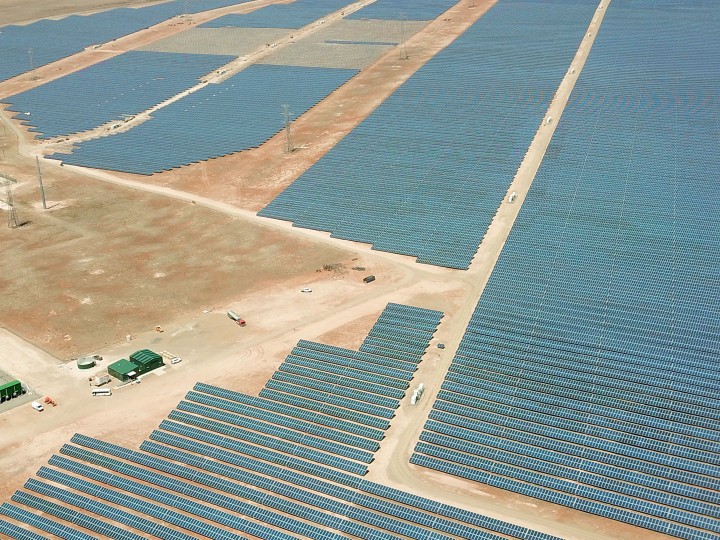
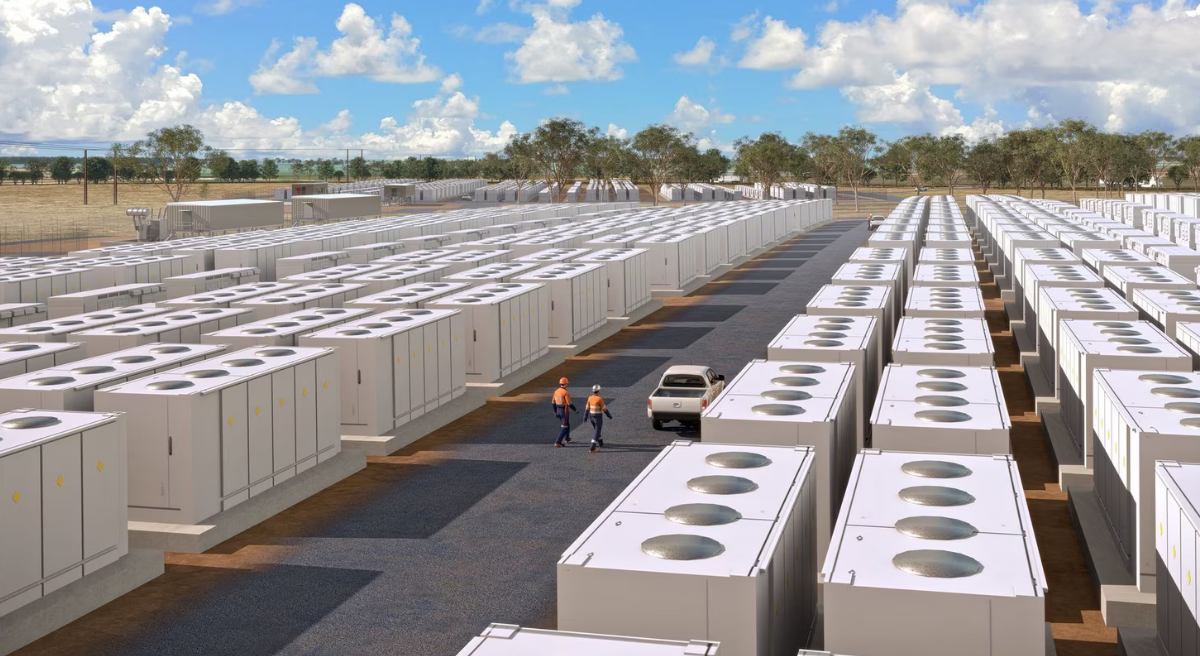

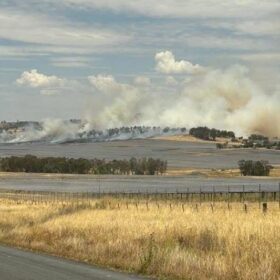
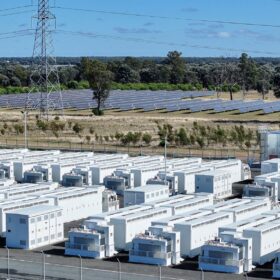

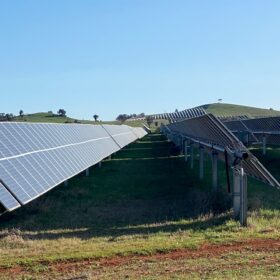
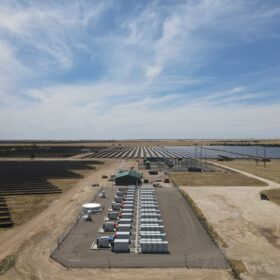
Wow, this is fascinating reading. I am glad I found this and got to read it. Great job on this content. I liked it a lot. Thanks for the great and unique info.